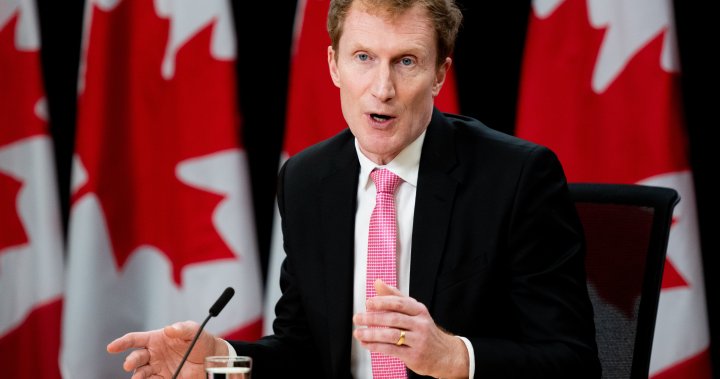
Canada’s international student cap is here. How will it work?
Global News
The national cap on international students aims to reduce the intake by 35 per cent over the next two years. The cap would be distributed provincially per capita.
Canada is imposing a national cap on the intake of international students into the country, Immigration Minister Marc Miller announced on Monday.
Miller announced a slew of other curbs while speaking at the Liberal cabinet retreat, which he said would reduce the intake by 35 per cent over the next two years. He said the measures were temporary and were going to stay in place for two years.
“In order to maintain a sustainable level of temporary residence in Canada, as well to ensure that there is no further growth in the number of international students in Canada for 2024, we are setting a national application intake cap for a period of two years for 2024,” he said.
Miller said for 2024, the cap is expected to result in approximately 364,000 approved study permits – a decrease of 35 per cent from 2023.
Miller said the cap will not apply to students at graduate levels of studies, including master’s and doctoral students. Those people were looking for study permit applications at the elementary and secondary school levels will also be exempt.
Several federal ministers including Miller, Housing Minister Sean Fraser and Public Safety Minister Dominic LeBlanc had indicated last summer that Ottawa was considering a cap on student intake. In October, however, Miller had told Global News that imposing a cap on student intake would be an extreme step akin to doing “surgery with a hammer,” though he did not rule out using that measure.
He added that while the cap is national, it will be applied differently in different provinces. For example, provinces that have seen “the most unsustainable growth” in international student intake will have to cut student intake more than other provinces.











